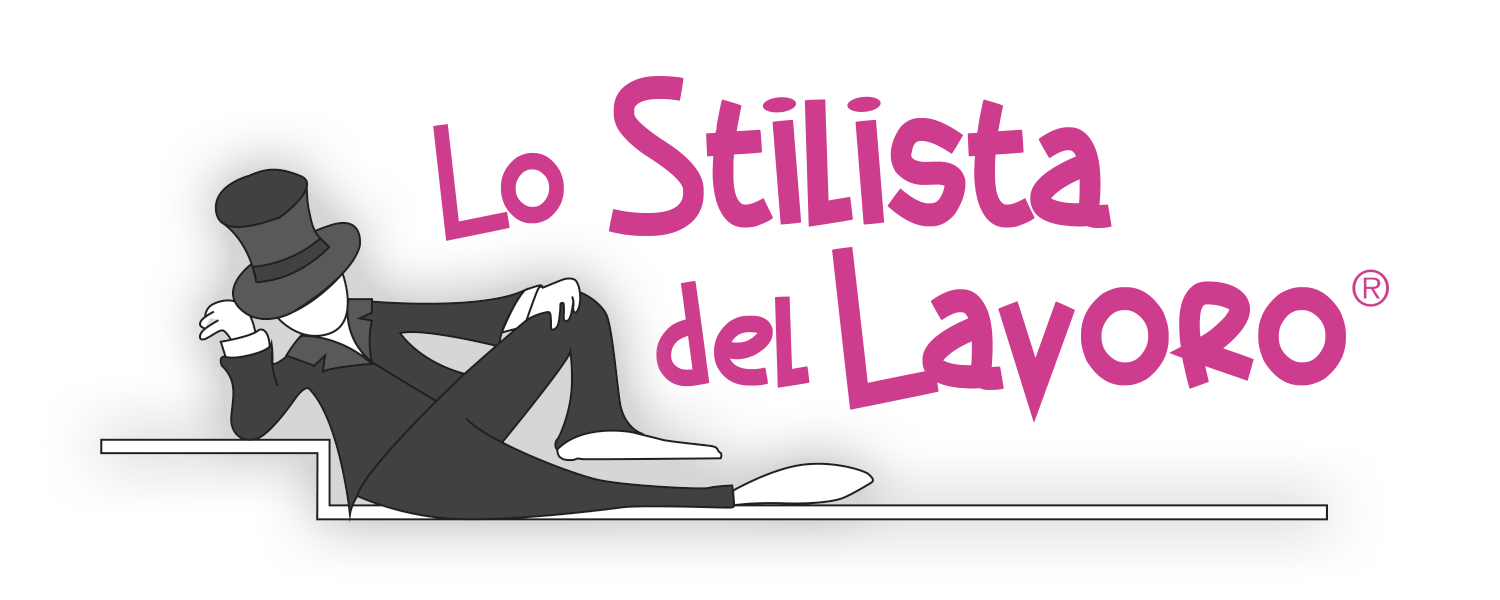Content
For instance, experts say that irrespective of the Kelly Criterion number you arrive at, you should allocate more than 20% of your capital to a single equity. Based on the calculation, you should bet 25% of your capital. Browse other questions tagged probability optimization expectation gambling or ask your own question. After each failure, you increase the amount of the next bet by the selected unit, and after winning, you decrease it by the same value. You are betting a fraction of the amount calculated according to the Kelly criterion. Let’s imagine that in the match “Spartak” – “Rubin” the bookmaker offers the odds of 1.70 for the home win, and in your opinion, the red-whites have 70% for the win.
- The Kelly Criterion is one of many models that can be used to help you be a profitable sports bettor.
- Oftentimes people aren’t sure whether they should go with a $15 or $25 stake when placing a bet.
- That means that it figures out the right amount to bet for maximum returns before doing anything else.
Let’s see this by trying to calculate Kelly for the simple scenario of the poker tournament. If we had a normal distribution with a measurable standard deviation we’d be in great shape. Luckily for us the Central Limit Theorem says that https://satvikayafoods.in/to-relax-and-play-they-safer-the-greatest-fibonacci-technique-golf-gambling-by-way-of-the-fragiskos-archontakis-and-also-evan-w-osborne/ you get a good approximation to a normal distribution when you add together independent random variables. We saw earlierthat the log of your net worth after many bets has the sum of many independent measurements of $log$. Therefore the log of your net worth after a large number of bets follows an approximately normal distribution.
Betting Experts Answer: Biggest Biases In Sports Betting?
Players must rollover 5 times the deposit + bonus amounts on accumulators only with minimum 3 events. One of the chief problems with the Kelly Criterion is that it depends on the user being able to accurately state how likely an event is to happen – which is not easy at all when it comes to football for instance. If this part of the equation isn’t correctly worked out, then the whole formula falls apart because the amount it tells you to stake will be wrong. The Kelly Criterion is a good way to identify profit as it will only tell you to stake money on a bet if the bet is value; any bet yielding negative figure using the Kelly Criterion should be left well alone.
Keep Track Of Your Betting Performance With An Excel Spreadsheet
This is the optimum bet according to the mathematical theory but it relies on the accuracy of your estimate of the odds. A fractional Kelly approach (reducing the Kelly result to 1/3) would thus suggest that circa 29% of the total portfolio should be allocated to this opportunity. The numbers you are looking for are to be used in place of “W” and “R” in the above calculation. Your “W” or winning probability is your general strike rate over the past 50 bets.
This approach works well in most cases, however, there are some situations where the Kelly Criterion formula can give some head-scratching results. An assumption is introduced that makes it possible to obtain the probability associated with any complete outcome in terms of only the ‘win’ probabilities. The results were applied to data from 335 thoroughbred horse races, where the win probabilities were taken to be those determined by the public through pari-mutuel betting. We consider the problem of finding a betting strategy for an infinite sequence of wagers where the optimality criterion is the minimization of the expected exit time of wealth from an interval. We add the side constraint that the right boundary is hit first with at least some specified probability. The optimal strategy is derived for a diffusion approximation.
Consistent with the two-bet example, the Kelly-optimal betting size, of course, leads to a significantly higher return in the long run as compared to underbetting or overbetting. The longer we stretch out the time horizon, the bigger this difference is going to get by compound interest. The odds in this case is 1.25 and the Kelly criterion thus suggests to bet 10% of the bankroll on the investment.
Your handicapping strategy will help devise these figures. Previously, I have written an article on bankroll management. In that article I discuss the flat betting approach, the variable betting approach and the Kelly Criterion approach.
